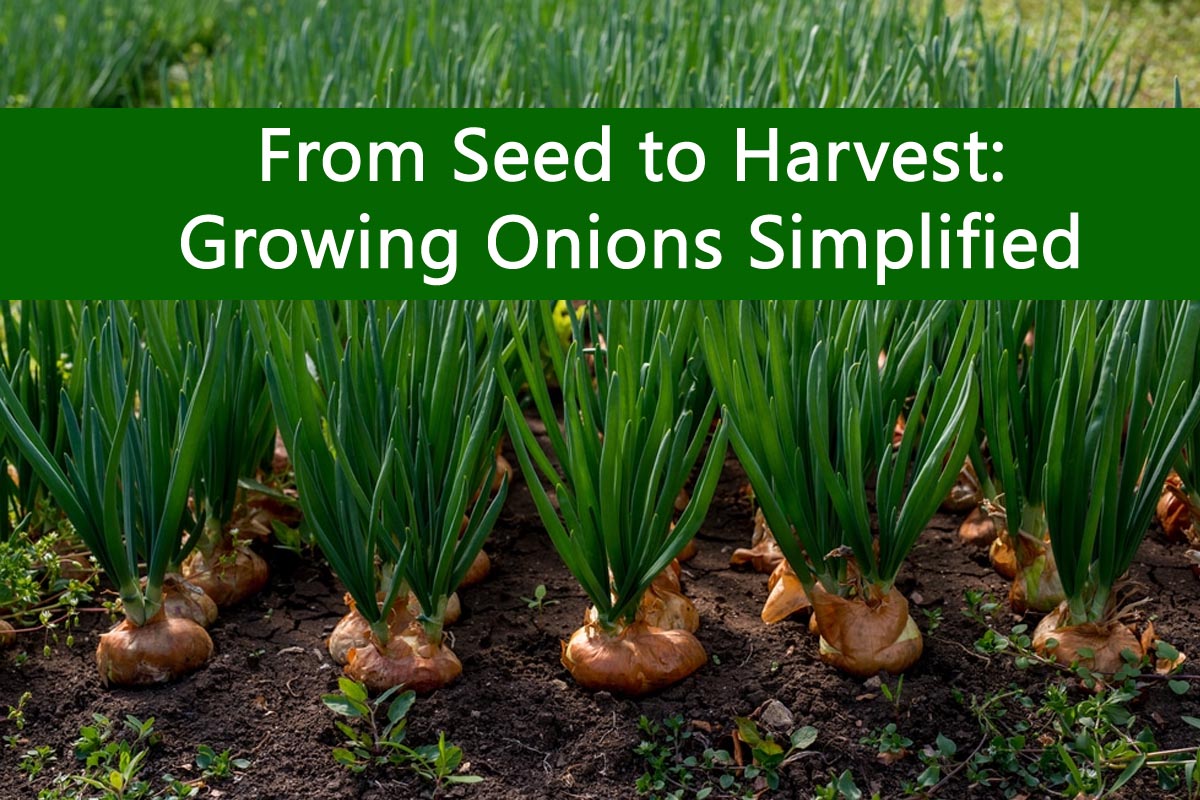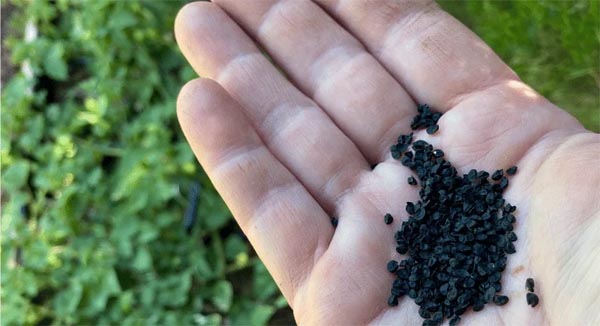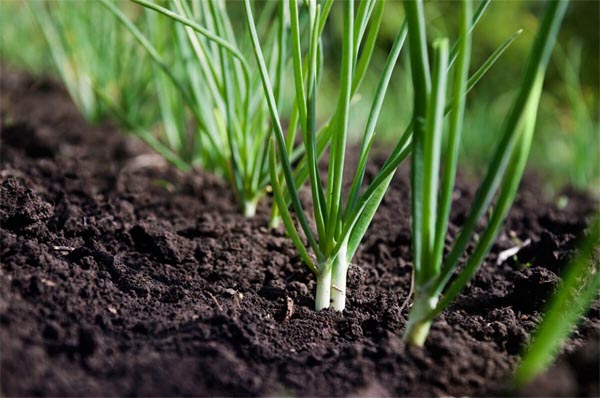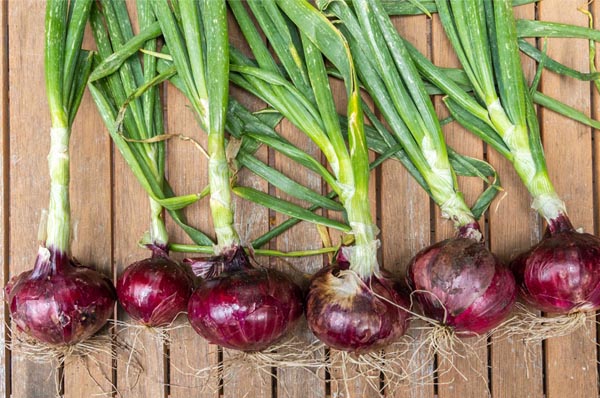
From Seed to Harvest: Growing Onions Simplified
Growing onions at home can be rewarding and straightforward, even for beginners. Whether you’re a seasoned gardener or just starting to explore the world of home cultivation, this guide will simplify the process from seed to harvest, ensuring a bountiful supply of fresh onions for your kitchen. Let’s dive into the essential steps to make your onion-growing journey successful.
Step-by-Step Guide: How to Grow Onions Successfully
- Choosing the Right Onion Varieties
- Starting from Seeds
- Transplanting Seedlings
- Providing Adequate Water
- Fertilizing for Success
- Weed Control
- Harvesting at the Right Time
- Curing and Storing
- Troubleshooting Common Issues
- Celebrate Your Harvest
Choosing the Right Onion Varieties
Before you embark on your onion-growing adventure, choosing the suitable onion varieties for your region and preferences is crucial. Varieties vary in size, flavour, and storage capabilities. Consider factors like the length of your growing season and whether you prefer sweet, mild, or spicy onions.
Also Read This : Turn Your Home Into A Paradise With These Ornamental Plants
Starting from Seeds
Growing onions from seeds gives you more control over the entire process. Start your seeds indoors 8-10 weeks before the last expected frost. Plant the seeds in a well-draining seed-starting mix, keeping them moist until germination. Once the seedlings have reached a suitable size, they can be transplanted outdoors.

Also Read This : When and How: The Ultimate Succulent Repotting Guide
Transplanting Seedlings
Transplanting is a critical step in the onion-growing process. When the seedlings are around 4-6 inches tall and have a robust root system, transplant them into well-prepared soil. Choose a sunny location with loose, fertile soil and plant the seedlings about 4-6 inches apart in rows.
Also Read This : Blossoming Health: The Medicinal Magic of Flower Power Blooms
Providing Adequate Water
Onions require consistent moisture to develop correctly. Water them regularly, especially during dry periods. Be cautious not to overwater, as onions do not like soggy soil. A drip irrigation system or watering at the base of the plants can help prevent fungal diseases.

Also Read This : Leafy Elegance: Transform Your Space with These Amazing Pothos Curtain Ideas
Fertilizing for Success
To support healthy growth, provide a balanced fertilizer when transplanting and a nitrogen-rich fertilizer as the bulbs form. However, avoid excessive nitrogen late in the growing season, hindering bulb development. Follow the recommended guidelines for your chosen fertilizer.
Also Read This : Guardians of Shami: Items to Keep Away from Your Sacred Plant
Weed Control
Onions are sensitive to competition from weeds. Keep the onion bed weed-free by regularly cultivating the soil around the plants. Mulching can also help suppress weeds and retain soil moisture.
Also Read This : Best Indoor Bonsai Trees to Elevate Your Home Decor
Harvesting at the Right Time
Knowing when to harvest is crucial for achieving the best flavour and storage potential—harvest onions when the tops have fallen over and the bulbs have reached a good size. Lift them gently from the soil and let them cure in a dry, well-ventilated area for a few weeks.
Also Read This : How Long Do the Longest Blooming Flowers Really Last?
Curing and Storing
After harvesting, onions must cure to develop their full flavour and ensure long-term storage. Trim the tops and let the onions dry in a warm, dry location with good airflow. Once cured, store onions in a cool, dark place with good ventilation.
Also Read This : Perennial Wonders: Exploring the World’s Longest-Living Flowers
Troubleshooting Common Issues
Watch for common onion pests and diseases, such as onion thrips and fungal infections. Practice good garden hygiene, rotate crops, and address issues promptly to ensure a healthy onion crop.
Also Read This : Unique Flower Rangoli Designs for a Vibrant Diwali
Celebrate Your Harvest
Finally, celebrate your efforts and enjoy the fruits of your labour. Freshly harvested onions add flavour to your culinary creations, and there’s nothing quite like the satisfaction of growing your food.

Also Read This : Coco Peat vs. Coco Coir: What’s The Difference?
Growing onions from seed to harvest doesn’t have to be complicated. By following these simplified steps, you’ll be well on your way to cultivating a successful onion crop that enhances your meals and brings a sense of accomplishment to your gardening endeavours. Happy growing!
Also Read This : 2 Method to Grow Ginger (Adrak) at Home




